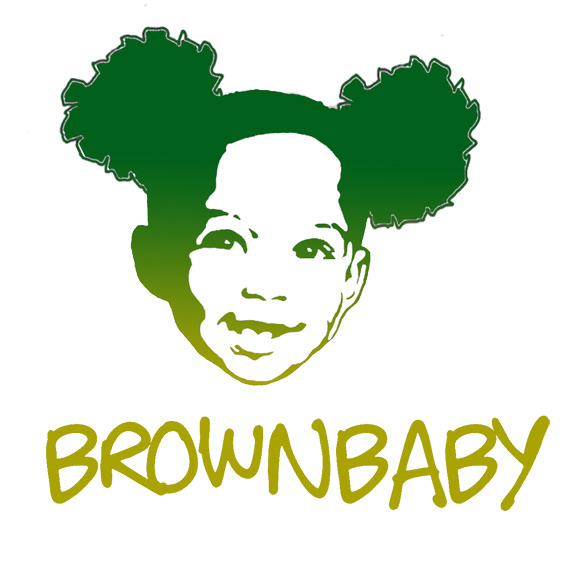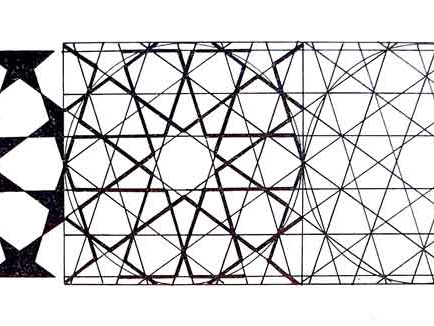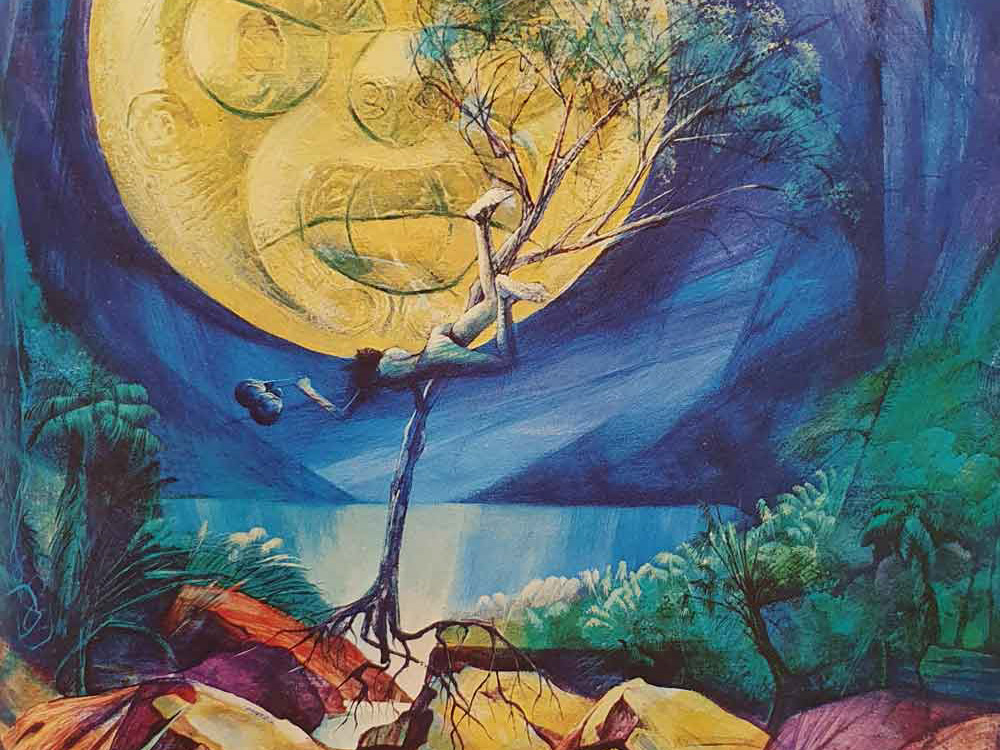What was the role and significance of Polynesian objects in their original contexts of use?
Objects were fundamental to relationships, and they did more than symbolise them, they embodied them. This distinction is important because a piece of barkcloth, for example, presented as an offering was not a symbol in the way that the letter 's’ is a symbol of the sound ‘s’. A barkcloth offering can be seen as an embodiment of the women who produced it, and as
such it becomes a form of sacrifice, specifically a sacrificial substitute equivalent to their
bodies, with all the life-giving potency which that implies.
If we are sensitive to indigenous categories we find that certain things were linked, or
were regarded as equivalent: a god image and a chief, for example, or a magnificent
feathered cloak and an apparently humble fish hook. All four were regarded, on specific
occasions, as vehicles suitable for the physical manifestation of divinity in the mundane
world. The cloak and fish hook were also classified as important 'valuables' - objects
suitable for ritual presentation. This significance as valuables is separate from, though
linked to their uses as garments and fishing equipment.
Religion in Polynesian contexts was not an aspect of existence which could be separated
off from politics, economics or social life. Religion encompassed all these domains of
human activity, so that authority, leadership, conflict, the distribution of goods and ser
vices, kinship and affinal relations (with those to whom you are connected by marriage)
were all aspects of an overarching religious context. The success or effectiveness of any
of these areas of human endeavour was ultimately dependent on having an active and
appropriate relationship with god or gods, with divine beings who could affect the
mundane world. In this respect, human action or efficiency alone could not guarantee
success. Divine favour was also necessary.
The relationship between myth and history is a complex one in societies with unwrit
ten languages. Many Polynesian myths were recorded after writing was introduced as a
result of Christian conversion, and they were subject to tidying-up processes by well
meaning people, locals and Europeans, who wanted to present a coherent picture of
Polynesian cosmology.
The importance of complementary pairings in Polynesian cosmology and religious
practice is reflected in the ritual significance of sea and land. These are the two major
domains in which Polynesians lived their lives and which provided the major resources
that sustained them.





